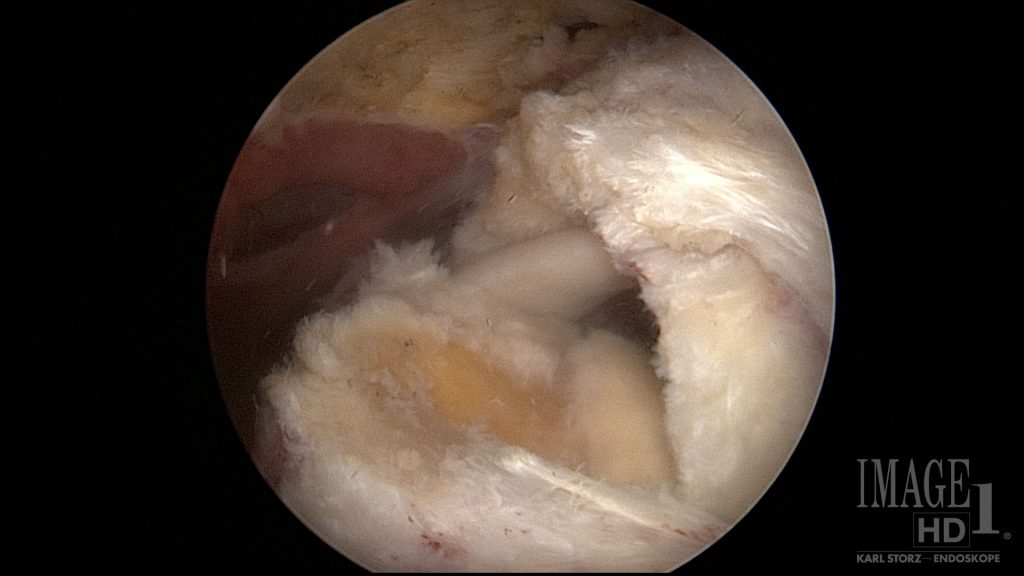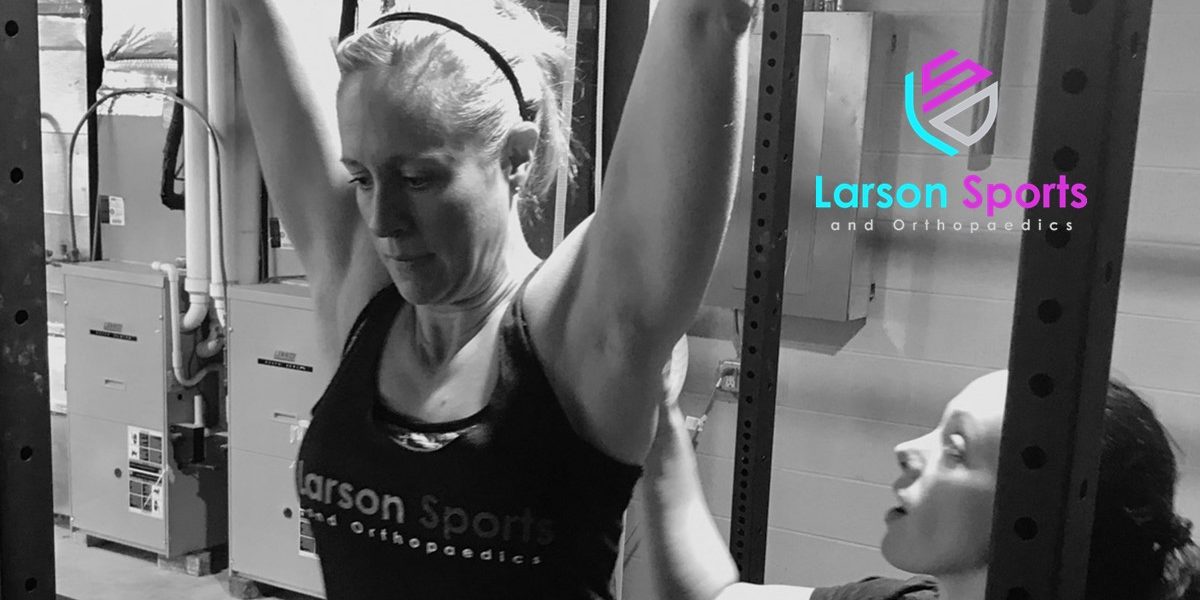I have seen hundreds if not thousands of patients for shoulder pain over the course of my career in orthopedic surgery. And when I diagnose someone with a rotator cuff tear, their first question is usually “Will my rotator cuff tear heal, or does it need surgery?” Because nobody wants surgery if they can avoid it. Well, the good news is that not every rotator cuff tear needs surgery. But the bad news is… well, most of them do.
Why? Well, because we know that “clinically relevant rotator cuff tears” don’t heal on their own. Briefly, that means if a cuff tear is painful and fails to improve with injections or physical therapy, you are out of luck. You gave it a chance to heal, but it decided not to. So which ones usually end up needing surgery? Nearly all full-thickness tears need repair. And certain kinds of partial tears need to be fixed also. But there are some exceptions! We will go over the basics of the cuff first, and talk about fixing the tears after.
What is the Rotator Cuff?
The rotator cuff is a series of four muscles that stabilize the shoulder. This includes the supraspinatus, infraspinatus, subscapularis, and teres minor. The rotator cuff has several functions. The cuff helps to stabilize the shoulder, rotates the shoulder, and provides the counterforce needed to lift the arm. All of the cuff muscles start on the shoulder blade and attach to the humerus via tendons. It’s those tendons that tear when you have a rotator cuff injury. And the supraspinatus is the most commonly torn part of the rotator cuff. Unfortunately, it is also the most important muscle in the cuff and the one you can least afford to tear.

How Do Rotator Cuffs Tear?
Some rotator cuff tears are caused by a fall or other acute injury. But more often the cuff dies the death of a thousand cuts after years of daily use. In the weightlifting and functional fitness athletes that I see regularly the same is true. The most common causes of tears are repetitive daily use, poor shoulder motion leading to impingement, or occasionally a single major injury.
Subacromial impingement is when the rotator cuff tendons wear against the bone above it (a projection of the shoulder blade called the acromion.) It’s also possible for the inner part of the rotator cuff to rub against the socket; that process is called internal impingement. Two of the most common exercises leading to these injuries are bench press and overhead press.
If you are having trouble with either of these exercises we have a couple of helpful articles to Fix Your Bench Press Form or Fix Your Overhead Press Form. Because for every cuff tear due to a missed overhead snatch, I’ll see 99 tears due to years of crappy daily form!
Types of Rotator Cuff Tears
Orthopedic surgeons have a veritable alphabet soup of acronyms for the different cuff tears. We classify them based on size, orientation, age, location and even for how they need to be repaired. But for the average patient, you only need to know two major categories: partial thickness and full rotator cuff tears. Full-thickness tears are the worst; they are not capable of healing on their own. Partial cuff tears can occur either on the inside or outside, and this can affect their ability to heal. Tears on the inside are called articular sided tears and those on the outside are called bursal sided tears. For more information, you can check out our longer article, “What Is The Rotator Cuff?”

Do Rotator Cuff Tears Heal on Their Own?
As we mentioned above, certain cuff tears can heal. Partial tears, especially those on the bursal side of the rotator cuff are able to heal. In fact, I have had a partial cuff tear that I was able to treat with injections, physical therapy, and a little time. On the other hand, full-thickness rotator tears do not heal on their own. And partial tears on the inner articular side of the cuff also have difficulty healing. In both of these cases, the joint fluid is what prevents healing.
Your shoulder makes synovial fluid all the time. This fluid lubricates the joint and keeps it moving smoothly. But when you have a tear in the cuff, that fluid will keep the edges of the tear away from each other. It may seem like a minimal separation of the tissues. But when you think of it on the microscopic scale, those tendon cells may as well be trying to cross an ocean of synovial fluid!
Which Rotator Cuff Tears Should Be Repaired?
Full-thickness rotator cuff tears won’t heal on their own. So any full-thickness tear that is symptomatic should be repaired. If the patient has significant pain and weakness that has failed to respond to treatments like therapy and injections, the next step is to order an MRI. If this MRI shows a full-thickness tear, we know it won’t heal. In fact, most tears will steadily grow over time. Some people advocate for physical therapy as an alternative to repairing a full-thickness cuff. However, the data shows long-term outcomes are better with a repair of the rotator cuff than with physical therapy alone.
Partial-thickness tears sometimes need to be surgically repaired as well. If the partial thickness tear is painful enough and hasn’t responded to conservative treatment, it may benefit from surgery. But if you have a partial tear, and it gets better with physical therapy, then, by all means, live with it! The first rule of orthopedic surgery is “if it doesn’t hurt, don’t mess with it!”
Alternatives to Surgery
The alternatives to rotator cuff surgery include injections, anti-inflammatories, home exercises, and physical therapy. (Check out our earlier post for Easy Exercises For Shoulder Pain.) I would only recommend these in the long term for two scenarios: small painless cuff tears and massive tears that are irreparable. In the first case, we know that small partial tears don’t progress very rapidly. So if it’s painless, leave it alone. In the second situation, there is little point in trying to fix a huge tear that is retracted and atrophied. It’s just going to tear again soon after surgery anyway. In my opinion, it is better to address these giant tears with other surgeries, including superior capsular reconstruction or reverse total shoulder.
Bringing It All Together
Hopefully, this has helped you make a better decision about your rotator cuff tear. We all want to trust our surgeons, but it always helps to hear another doctor give the same opinion! If you are in need of rotator cuff treatment, please feel free to schedule an appointment for an evaluation. I’m always happy to provide a second opinion in person, not just via blog!

